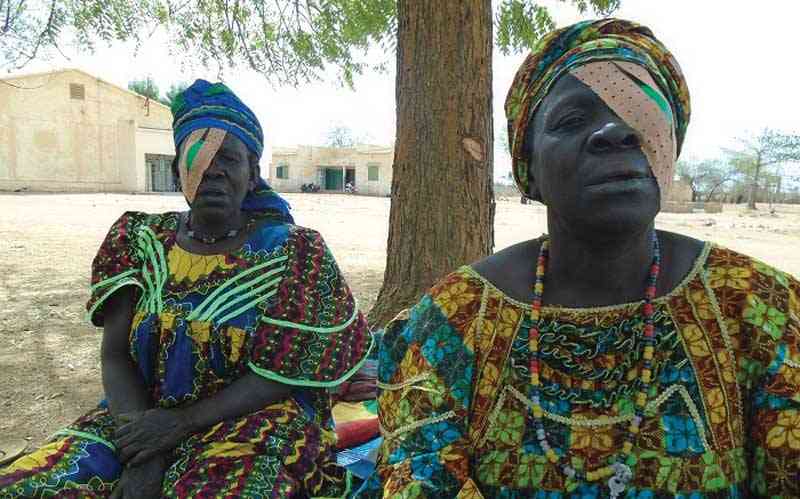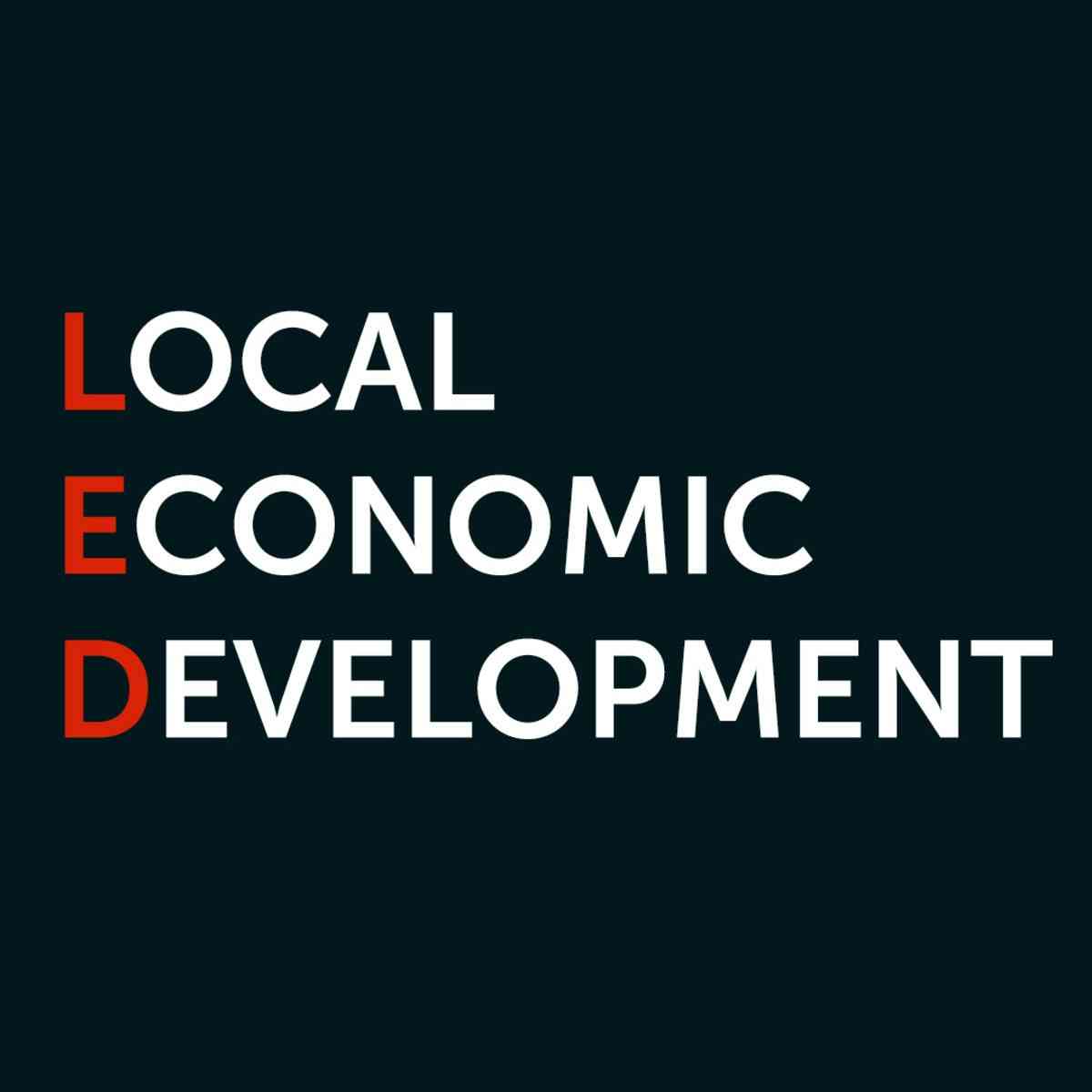
Eye health has implications on various aspects of life and influences the achievement of sustainable development goals.
The majority in low to medium income countries are still struggling to access quality eye care services due to cost of services, lack of access to services, fear, lack of knowledge and reluctance to accept services.
Statistics from the Lancet Global Report on Eye Health indicate that more than 90% of the people with vision impairment have a preventable or treatable cause.
According to the International Agency for the Prevention of Blindness (IAPB), 55% of the world’s population experiencing moderate and severe vision impairment are women and girls and this number is likely to increase.
Global data also indicates women are 12% likely to have vision impairment than men.
While vision impairment affects all ages, children and older persons are more likely to be affected.
In addition, women and rural populations are more likely to experience vision impairment which negatively effects their quality of life and access to opportunities and services.
The challenges associated with access and acceptance are more common for women than men.
- Gender imbalances haunt women: UN
- Justice Rita Makarau lands post in Namibia
- Perspectives: Women and eye health
- Perspectives: Focus on diabetic eye disease
Keep Reading
Some studies show that women with vision impairment are less likely to participate in other health interventions such as cancer screening.
This negatively affects their gender roles, on the other hand women take care of those that are visually impaired and have other disabilities.
Gender imbalances have attributed to poor access to eye health services by women.
In some cases, women experience significant vision loss due to demographic and social factors, which affect the achievement of gender equality and universal health coverage.
Some of the challenges that women experience in accessing quality eye care services is the distance to eye health centres, limited financial decision making and ability to finance eye care services.
Women are more likely to be affected with eye conditions such as trachoma through contact because of their role as primary caregivers of the family.
Poor families have to make decisions on how to allocate their scarce resources and most of the time they do not see the value of restoring sight for women.
Traveling for distances away from home may be a challenge for most women including the elderly and they are mainly confined at home.
Poverty therefore becomes a cause and consequence of poor eye health.
Improving access to eye care services by women enhances gender equity and reduces inequalities.
According to the World Report on Vision (2019), most eye conditions such as cataract or glaucoma affect older persons and women because on average, women live longer than men and yet women do not access services on time.
The uptake of eyecare services by women has been generally low, due to lack information on services and treatment, low literacy rates in the rural communities and acceptance of blindness as a consequence of aging.
One of the major factors affecting the financial support to eye care services is the lack of disaggregated data sets.
It is important to disaggregate data by gender in order to understand and identify aspects pertaining to coverage and gender imbalances.
Identifying other cross-cutting vulnerabilities and identities becomes crucial, for example access to eyecare services by a widow in the rural areas, or a woman with other impairments.
Way Forward
Equal opportunities do not guarantee access to quality eye care services by women.
It is important to understand the population needs, prevalence of eye conditions and challenges experienced to influence eyecare planning and address the inequalities.
Cultural barriers have hindered access to eye care services hence community health workers should be empowered to educate women in order to address the myths associated with surgery, wearing spectacles and other religious beliefs.
Decision makers need to understand that there are gender differences in accessing eye care services and make a deliberate effort to increase access to eyecare services by women.
Collaborating with departments that handle gender issues in order to address the potential needs will enhance access to eyecare services by women.
Engaging women and girls to understand their needs and experiences in eye health becomes crucial.
Services should be gender responsive, through training more female eyecare workers, promoting female champions, making use of media and partnering with women’s organisations to empower and promote inclusive eye care services.
Increasing outreach services will enable more women to access eye care services as they are mostly consumed with their gender roles it is imperative to train eye health personnel on gender equality to increase their understanding of gender inequalities in the provision of eye care services and adopt systems that are flexible.
Educating women on the importance of accessing eye care services will create the demand for services.
Investing in research will inform decision making because there is limited evidence or best practice on gender in eye health.
Women are not a homogenous group and their eye care needs will vary with location hence a thorough gender analysis will enable greater reach and the provision of effective services by women.
Eyecare services should be designed and implemented to consider access by women and other marginalised groups.
Advocacy should be targeted at men, village and religious leaders as they have more access and influence on financial resources.
In rural settings, elderly women often need assistance and do not travel outside communities posing a serious barrier to accessing eyecare services.
Tackling socio-economic barriers will empower women financially and increase access to services.
The Ministry of Health and Child Care in Zimbabwe has made a commitment to deliver comprehensive eye care services as outlined in the National Eye Health Strategy (2022-2026), however, more effort should be made in providing resources in collaboration with partners.
Health financing should consider the needs of women with vision impairment including the provision of assistive devices as well as considering funding mechanisms that address women’s eye health.
Women need to be made aware of the financial support that is available to access eyecare services.
Eye care programmes should be flexible enough to enable increased access.
For example, a person may be screened by an ophthalmic nurse and requested to come back for further screening by an ophthalmologist before a decision for cataract surgery is made.
Such rigid systems may result in the patient never returning leading to blindness.
There is need to bridge the gap between hospital services and the communities through providing outreach services, promoting education and awareness and subsidizing services in order to reduce the patient out of pocket payments.
Screening and follow-up services should be provided closer to home.
There has been an increase in the use of technology and improved infrastructure in the provision of eyecare services.
Determining how the infrastructure and technology is used by men and women will enable the necessary adjustments. This may entail making eyecare facilities gender friendly, training men and women on the use of assistive devices and integrating eye care in existing maternal and child health facilities.
*Tigere is a development practitioner and writes in her personal capacity.
- These weekly articles are coordinated by Lovemore Kadenge, an independent consultant, managing consultant of Zawale Consultants (Private) limited, past president of the Zimbabwe economics Society and past president of the Chartered Governance & Accountancy Institute in Zimbabwe. – email- [email protected] and Mobile No. +263 772 382 852










